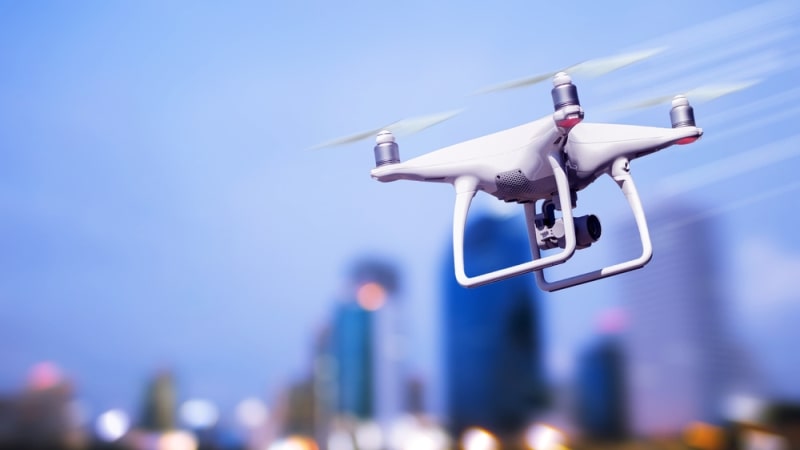
The military has long had the goal of giving troops on the ground a clear operational picture. That can include the location of enemy troops, their own troops, the location of buildings or fortifications, the movement of ground vehicles or aircraft, and a lot of other variables. It’s what the Army, for instance, has been working toward with programs to develop an integrated tactical network.
But the operational picture isn’t limited to the physical world, especially these days. It also includes cyber and electromagnetic domains that can have as big of an impact on outcomes as anything else, and which physical lookouts and camera-equipped drones can’t see.
The Defense Advanced Research Projects Agency (DARPA) and the Marine Corps recently demonstrated a system that puts all of those factors into one place. In the first test of DARPA’s four-year-old Squad X Experimentation program, Marines at Twentynine Palms, Calif., used autonomous air and ground vehicles combined with innovative sensors and off-the-shelf mobile technology to coordinate their movements while accounting for their physical, electromagnetic, and cyber environment.
In a week of exercises in various combat scenarios, Marine squads showed how they could work collaboratively with robotic vehicles, while maintaining situational awareness of surrounding threats, be they visible or not. All of this was done while “dancing on the edge of connectivity,” said Army Lt. Col. Phil Root, program manager for Squad X and Squad X Core Technologies (SXCT), which works with vendors to develop the program’s technologies. “By the end, they were using the unmanned ground and aerial systems to maximize the squad’s combat power and allowed a squad to complete a mission that normally would take a platoon to execute,” Root said.
Squad X has been in the works since 2013, when it was announced as a potential program with the goal of extending situational awareness down to the squad level for the Army and Marines through use of advanced digital technologies without adding physical or cognitive burdens. About a year later, it launched the SXCT program to develop the tech they needed, originally focusing on four areas: Precision engagement of threats up to 1,000 meters away; non-kinetic engagement of enemy communications, including those with unmanned vehicles; squad-level sensing of threats in that 1,000-meter radius; and squad autonomy, giving squads real-time location information in GPS-denied environments.
One key to Squad X’s success is providing these tools without adding to the weight that squad members have to carry, which is something the Twentynine Palms exercise demonstrated. Using lightweight handheld devices, squads were able to employ capabilities that were too heavy or cumbersome before being miniaturized for Squad X, DARPA said.
The tests demonstrated the wares of two of the vendors working with the program. Lockheed Martin’s Augmented Spectral Situational Awareness, and Unaided Localization for Transformative Squads (ASSAULTS) allowed Marines to get the jump on an enemy target, using the sensors on autonomous robots to detect enemy locations and firing a precision 40mm grenade before the enemy could detect their movement, DARPA said. CACI’s BITS Electronic Attack Module (BEAM) was used in the radio frequency and cyber domains by small units to detect, locate, and attack specific threats.
DARPA said it plans to continue improving Squad X technology. The Twentynine Palms exercise was called Experiment 1; the second in the series will be held early this year.
